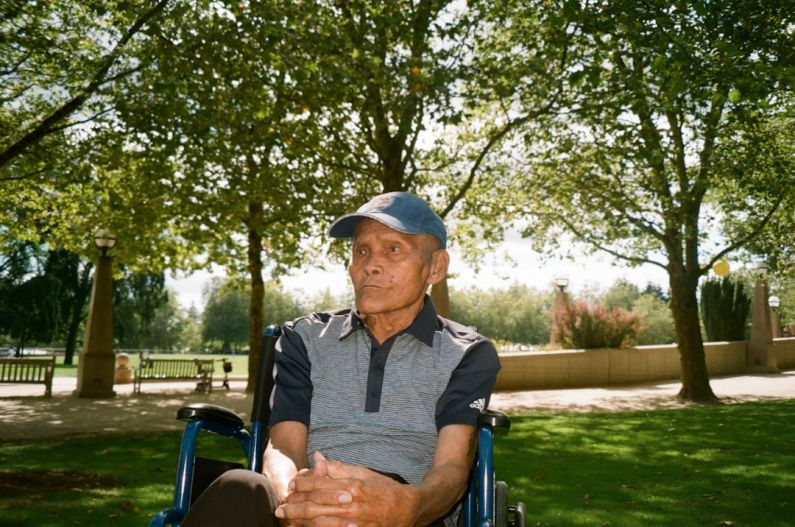Making Public Transportation More Accessible
Public transportation plays a crucial role in the lives of many individuals, providing a convenient and cost-effective mode of transportation for daily commuting. However, for some people, accessing public transportation can be challenging due to various factors. In order to create a more inclusive and accessible transportation system, it is important to address these barriers and make necessary improvements. In this article, we will explore some key strategies to make public transportation more accessible for all.
Improving Physical Accessibility
One of the major challenges faced by individuals with disabilities is the lack of physical accessibility in public transportation. Many buses and trains are not equipped with ramps or elevators, making it difficult for people with mobility issues to board and disembark. To address this issue, it is essential to invest in infrastructure upgrades that ensure accessible boarding and alighting points at all major transportation hubs. This includes installing ramps, elevators, and tactile paving to guide visually impaired passengers.
Providing Clear and Accessible Information
Another important aspect of making public transportation more accessible is ensuring that information about routes, schedules, and fares is easily available and understandable for everyone. This can be achieved by using clear signage and announcements at stations and stops, as well as providing accessible information online and through mobile applications. Additionally, it is crucial to train staff members to provide assistance and guidance to passengers who may require extra support.
Implementing Universal Design Principles
Universal design principles aim to create products and environments that are usable by all people, regardless of their abilities or disabilities. Applying these principles to public transportation can greatly enhance accessibility. For example, designing buses and trains with wider aisles, ample seating for individuals with mobility aids, and audio and visual announcements can benefit a diverse range of passengers. By incorporating universal design, we can create a transportation system that is inclusive and accommodating to everyone’s needs.
Enhancing Safety Measures
Safety is a key concern for all passengers, and it is especially important for individuals with disabilities. Public transportation authorities should prioritize safety measures that cater to the needs of all passengers. This includes ensuring well-lit and secure stations and stops, providing accessible emergency buttons and intercoms, and training staff members to assist individuals with disabilities during emergencies. By enhancing safety measures, we can create a more secure and comfortable environment for all passengers.
Promoting Awareness and Sensitivity
In addition to physical improvements, it is essential to promote awareness and sensitivity among the general public towards individuals with disabilities. This can be achieved through educational campaigns, training programs for transportation staff, and creating a culture of inclusivity and respect. By fostering a more inclusive mindset, we can create a transportation system that is not only physically accessible but also welcoming and supportive for all passengers.
Conclusion: Building an Inclusive Transportation System
In conclusion, making public transportation more accessible requires a multi-faceted approach that addresses physical barriers, provides clear information, incorporates universal design principles, enhances safety measures, and promotes awareness and sensitivity. By implementing these strategies, we can build a transportation system that caters to the needs of all individuals, regardless of their abilities or disabilities. Creating an inclusive transportation system is not only a matter of convenience, but also a matter of social justice and equal opportunity for all.






